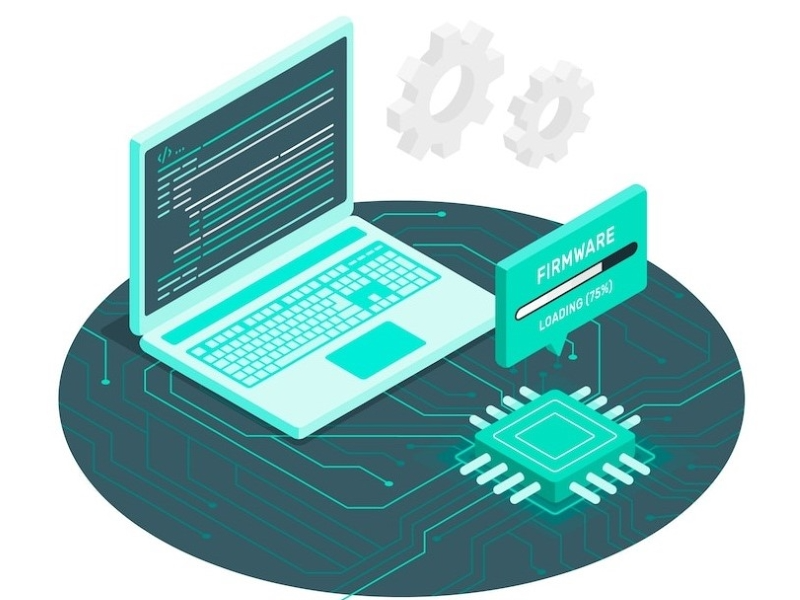- A Type 2 hypervisor is a virtualization tool that runs on top of an existing operating system, allowing users to create and manage virtual machines
- While Type 2 hypervisors are easier to use and more accessible than Type 1 hypervisors, they offer lower performance and are ideal for personal, testing, and development purposes
In today’s digital world, virtualization technology has become a powerful tool, allowing us to run multiple operating systems on a single computer. One of the key components in this technology is the hypervisor. Hypervisors are software layers that manage virtual machines (VMs), enabling a system to run multiple operating systems at once. Among the two main types of hypervisors, Type 2 hypervisors are popular for both personal and development use. But what exactly is a Type 2 hypervisor, and how does it work?
Also read: What is a hypervisor?
Also read: Understanding hypervisor control: Key hardware components in virtualization
Also read: The crucial role of hypervisors in virtualisation
What is a Type 2 hypervisor?
A Type 2 hypervisor, also known as a hosted hypervisor, is a virtualization layer that runs on top of an existing operating system (OS). This means that the hypervisor depends on the host OS for its operation. The host OS controls the hardware resources, such as the CPU, memory, and storage, and the Type 2 hypervisor uses these resources to create and manage virtual machines (VMs).
Think of a Type 2 hypervisor as a program that runs like any other application on your computer, but instead of running software directly, it runs virtual machines. Popular examples of Type 2 hypervisors include VMware Workstation, VirtualBox, and Parallels Desktop.
How does a Type 2 hypervisor work?
A Type 2 hypervisor works by interacting with the host OS to allocate resources to virtual machines. When you launch a virtual machine, the hypervisor creates an isolated environment that mimics the hardware of a real computer. This environment allows the guest operating system (OS) to run just as if it were running on physical hardware.
Here’s a basic rundown of how the process works:
- Host OS boots up: The computer’s main operating system starts first. This could be Windows, macOS, or Linux.
- Launch the hypervisor: The Type 2 hypervisor is installed and launched as an application within the host OS.
- Create a VM: You create a virtual machine within the hypervisor, specifying the resources (CPU, RAM, storage) it will use.
- Install a guest OS: You can now install any supported OS, such as Linux, Windows, or macOS, within the VM. This guest OS operates independently of the host OS but shares the physical resources provided by the host.
Since the Type 2 hypervisor operates on top of an existing OS, it is easier to install and use than a Type 1 hypervisor (which directly interacts with hardware). This makes Type 2 hypervisors ideal for users who need to run multiple operating systems on their personal computers for testing, development, or running legacy software.

Type 1 vs. Type 2 hypervisors
To understand the significance of Type 2 hypervisors, it’s important to compare them to Type 1 hypervisors. A Type 1 hypervisor, also called a bare-metal hypervisor, runs directly on the hardware of the machine, without needing a host operating system. Examples include VMware ESXi and Microsoft Hyper-V.
The key difference is that Type 1 hypervisors offer better performance and security since they interact directly with the hardware. However, they are more complex to set up and are typically used in enterprise data centers or large-scale virtualized environments.
In contrast, Type 2 hypervisors are more accessible and flexible for personal or development use. While they may not offer the same performance as Type 1 hypervisors, they are still capable of running multiple VMs for general use cases.
Advantages of Type 2 hypervisors
- Ease of Use: Since they run as applications on top of an existing OS, Type 2 hypervisors are easier to install and configure, making them ideal for beginners.
- Flexibility: Type 2 hypervisors support a wide range of operating systems, allowing users to run both legacy and modern OS versions on the same machine.
- Cost-Effective: Many Type 2 hypervisors are available for free, such as VirtualBox, which makes them an affordable solution for personal use.

When should you use a Type 2 hypervisor?
Type 2 hypervisors are perfect for situations where performance is not the primary concern, and ease of use is a priority. They are commonly used for:
- Software testing: Developers can use VMs to test software in different environments without needing separate physical machines.
- Running legacy applications: Type 2 hypervisors allow older operating systems to run on modern hardware, making it easier to use legacy software.
- Learning and experimentation: Virtualization is a great way for users to explore new operating systems and experiment with different configurations without risk to their main system.

